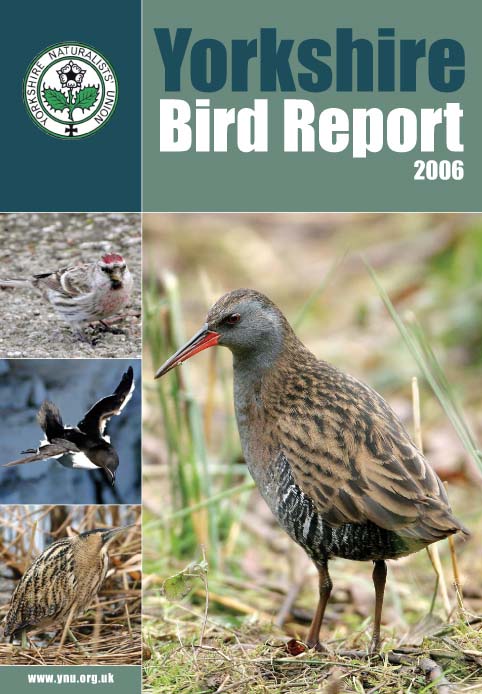Speciation Through Temporal Segregation of Madeiran Storm Petrel (Oceanodroma Castro) Populations in the Azores?
L. R. Monteiro, R. W. Furness
Philosophical Transactions: Biological Sciences, Vol. 353, No. 1371 (Jun. 29, 1998), pp. 945-953
Abstract
Madeiran storm petrels Oceanodroma castro breed on three small islets in the Azores: Vila, off Santa Maria, and Praia and Baixo, off Graciosa. Analysis of data on brood patch, incubation periods, chick body size and recaptures of adults provides evidence of the existence of two distinct populations (hot- and cool-season) breeding annually on Baixo and Praia, out of phase by four to five months and overlapping in colony attendance during August and early September; on Vila only the cool-season population is present. Analyses of adult morphology indicate highly significant phenotypic differentiation between the sympatric hot- and cool-season breeders, whereas an almost complete phenotypic uniformity characterizes allopatric breeders within the same season. The hot-season birds are 10% smaller in egg and body mass but have longer wings and tails than cool-season birds. The two groups were readily separated by discriminant analysis. The preference to breed in the cooler season is interpreted as a consequence of greater food availability in that period. Morphological differentiation between seasonal populations is interpreted as an adaptative response to different environmental conditions in the two seasons. The hypothesis is given that the hot-season population has evolved from the cool-season population owing to density-dependent constraints on crowded colonies, forcing birds to time-share nest sites. These populations may represent a case of sympatric speciation through temporal partitioning of reproduction and may be better treated as sibling species.
This is similar evidence to that used to separate Zino's and Fea's - different breeding sites, different times of year for breeding, smaller vs larger bird etc (somebody will suggest I might be talking through an alternative orifice here) - there doesn't appear to be any genetic analysis but then I've only got my paws on the abstract.









No comments:
Post a Comment